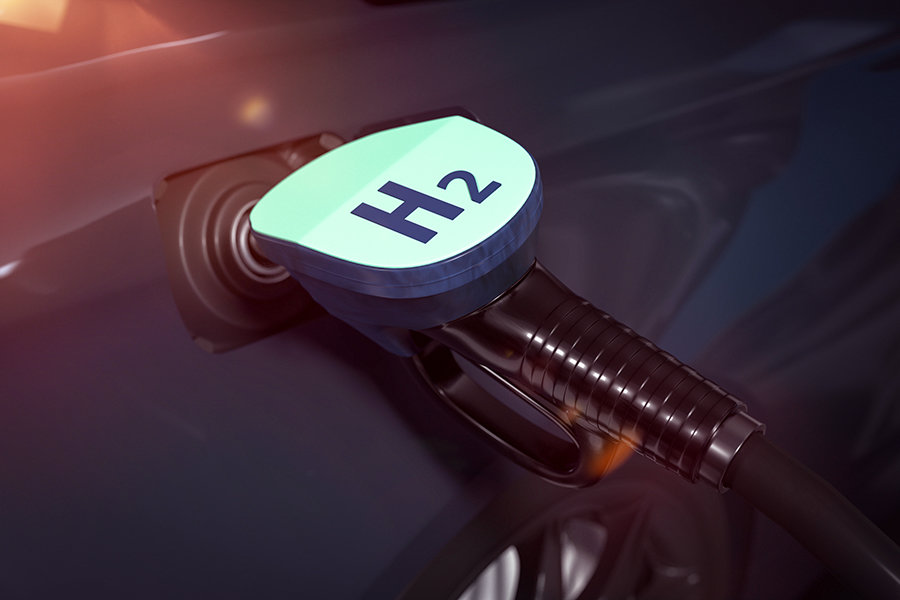
The hydrogen issue is fundamental to the path towards true decarbonisation, an indispensable step to combat air pollution and slow down climate change. This is also stated by the European Commission, which has included it among the strategic assets needed to achieve a zero climate impact Europe by 2050. The CH2P project goes precisely in this direction. Launched in 2017 and funded within the EU Horizon 2020 programme, it aims to develop innovative technology for hydrogen refuelling stations for public transport. Among the seven partners of the consortium, which cover the entire technological development chain, there are also two Trentino companies: Fondazione Bruno Kessler, which is also the project leader, and Solid Power.
CH2P: goal and technology
The real issue with hydrogen mobility is always refuelling. To give a simple example, in Italy there is only one service station for private individuals and it is in Bolzano. Thinking about an infrastructure covering the whole country is currently impossible. It is more feasible to think about public transport. CH2P was created with precisely this aim in mind and intends to develop a new technology based on high-temperature fuel cell modules with solid oxide technology for filling stations. These modules will be able to variably and flexibly produce both hydrogen and electricity in a new mode and will be specifically intended for the recharging of battery electric vehicles or for refuelling hydrogen vehicles.
Hydrogen and fuel cells: the involvement of Solid Power
One of CH2P's seven partners is Solid Power, a Trento-based company based at the Mezzolombardo Technology Centre, which produces the core technology at the heart of the project: fuel cells. Fuel cells use an electrochemical process to produce electricity from gas and vice versa. Three years ago Solid Power was involved in the project for the production of hydrogen from natural gas, but its technological contribution has also continued with the Switch project, which is still underway and in which FBK is the lead partner. It is in fact an extension of the CH2P project, where it will not only produce hydrogen and electricity from natural gas (methane), to provide an adequate supply of alternative fuels for mobility, but will also produce hydrogen directly from renewable energy sources. All using the same cell in a reversible format. This will stimulate not only the development of sustainable mobility, but also the production of green hydrogen, which is set to become the key element of the sustainable fuel supply of the future.
FBK: a deep relationship with the hydrogen theme
For the Fondazione Bruno Kessler, hydrogen represents one of the strategic pillars of development in the field of sustainable energy and an important theme for collaboration with industry.
«Industry is approaching this sector very quickly, and is disoriented by a new sector that is not yet well known and introduced into manufacturing processes. FBK proposes itself as a centre of expertise to help and assist it in this transition phase towards the production of new technologies».
Luigi Crema, FBK ARES Unit Manager and H2IT Vice President
FBK also provides support at another, more strategic level, both in the national and European context. For example, it participates in the activities of the Italian Hydrogen Association (H2IT) and in recent years has promoted various initiatives with Italian ministries. These include the development of the Strategic Infrastructure Plan for hydrogen mobility and the position paper on the Italian hydrogen sector.
Transitioning to Hydrogen Mobility: CH2P partners
- Component and system development: Solid Power and HyGear Technology and Services;
- Competence centres: Fondazione Bruno Kessler, École Polytechnique Fédérale de Lausanne and German Aerospace Centre (DLR);
- Life cycle study and analysis: Vertech Group;
- Hand user: Shell






